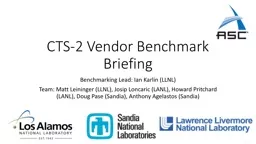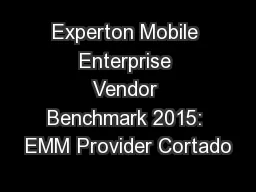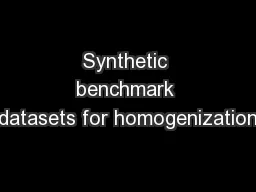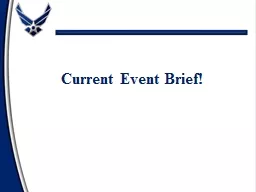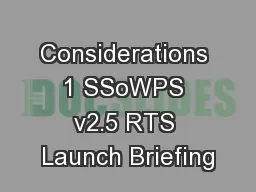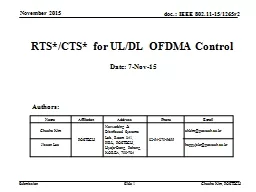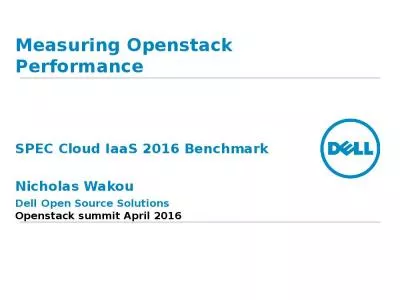PPT-CTS-2 Vendor Benchmark Briefing
Author : eve | Published Date : 2021-01-27
Benchmarking Lead Ian Karlin LLNL Team Matt Leininger LLNL Josip Loncaric LANL Howard Pritchard LANL Doug Pase Sandia Anthony Agelastos Sandia High Level CTS2
Presentation Embed Code
Download Presentation
Download Presentation The PPT/PDF document "CTS-2 Vendor Benchmark Briefing" is the property of its rightful owner. Permission is granted to download and print the materials on this website for personal, non-commercial use only, and to display it on your personal computer provided you do not modify the materials and that you retain all copyright notices contained in the materials. By downloading content from our website, you accept the terms of this agreement.
CTS-2 Vendor Benchmark Briefing: Transcript
Download Rules Of Document
"CTS-2 Vendor Benchmark Briefing"The content belongs to its owner. You may download and print it for personal use, without modification, and keep all copyright notices. By downloading, you agree to these terms.
Related Documents

